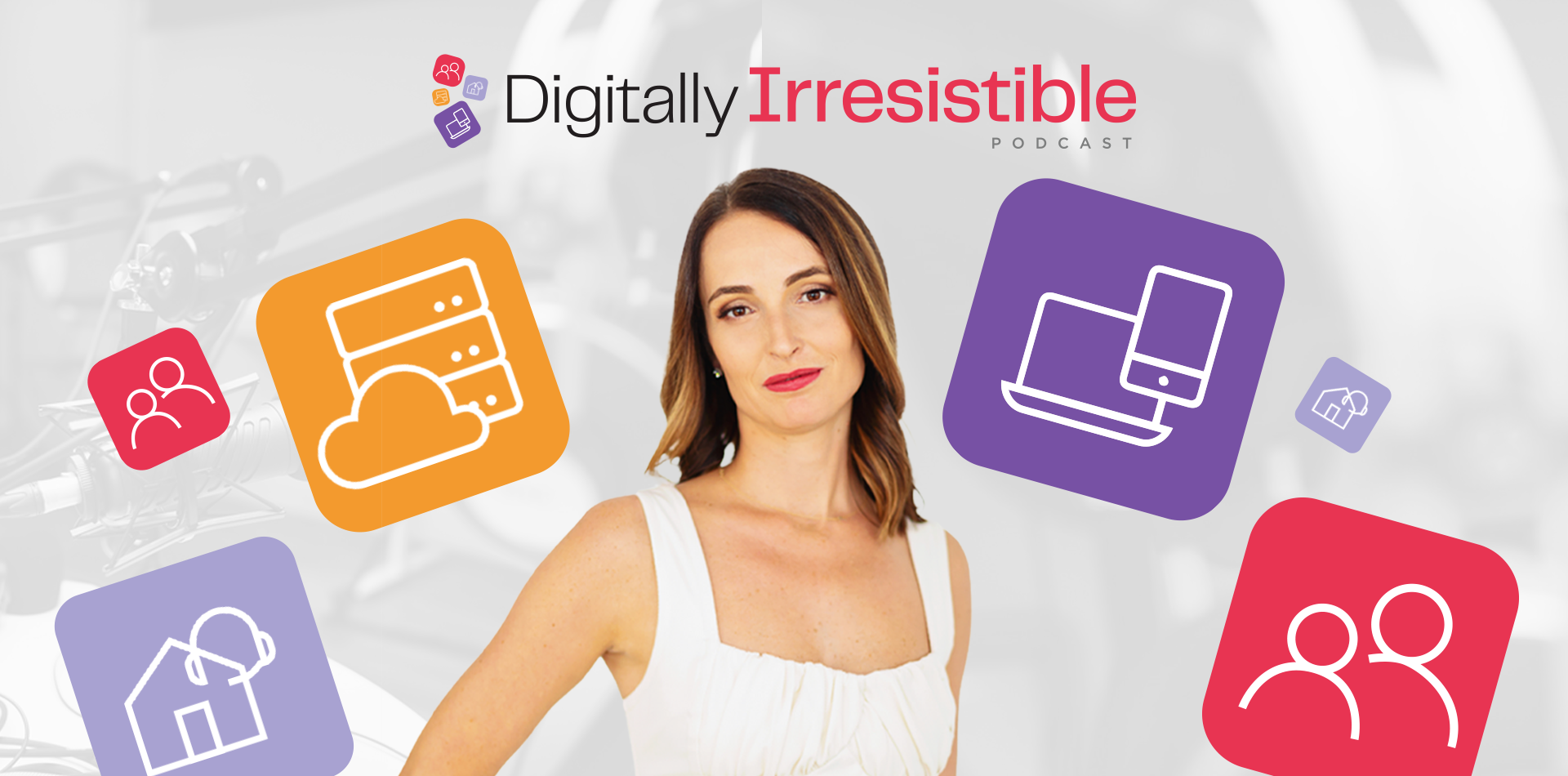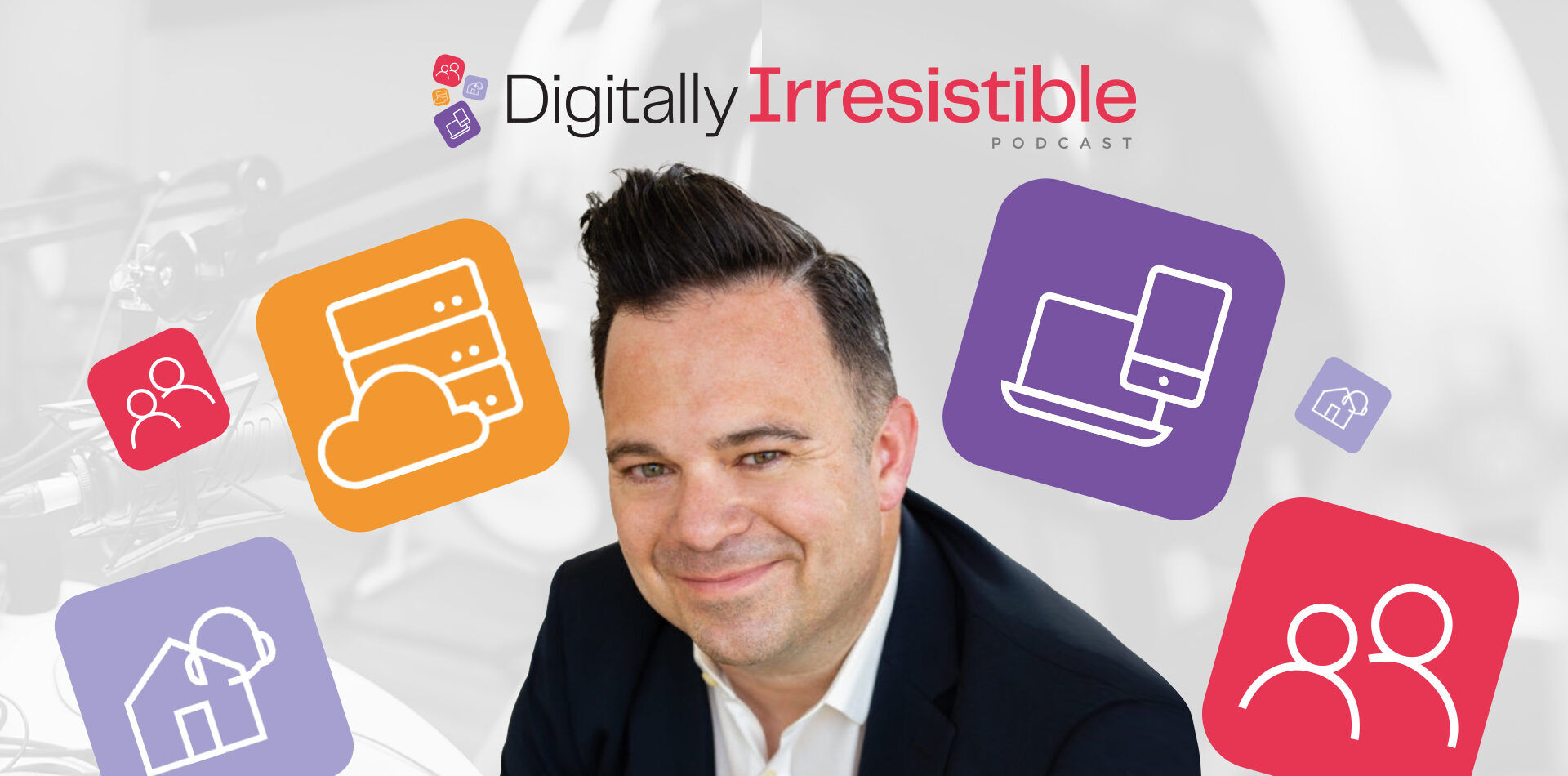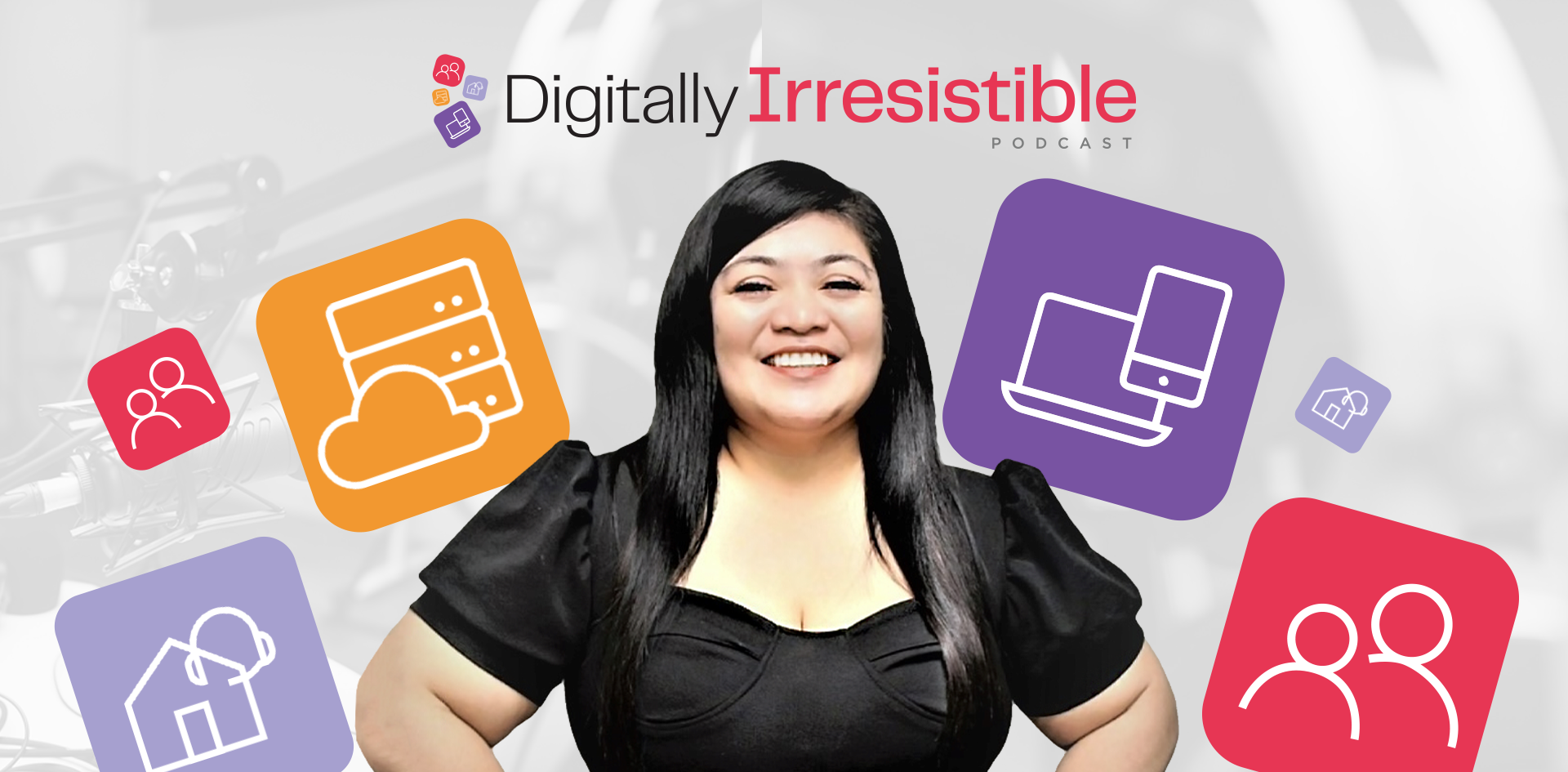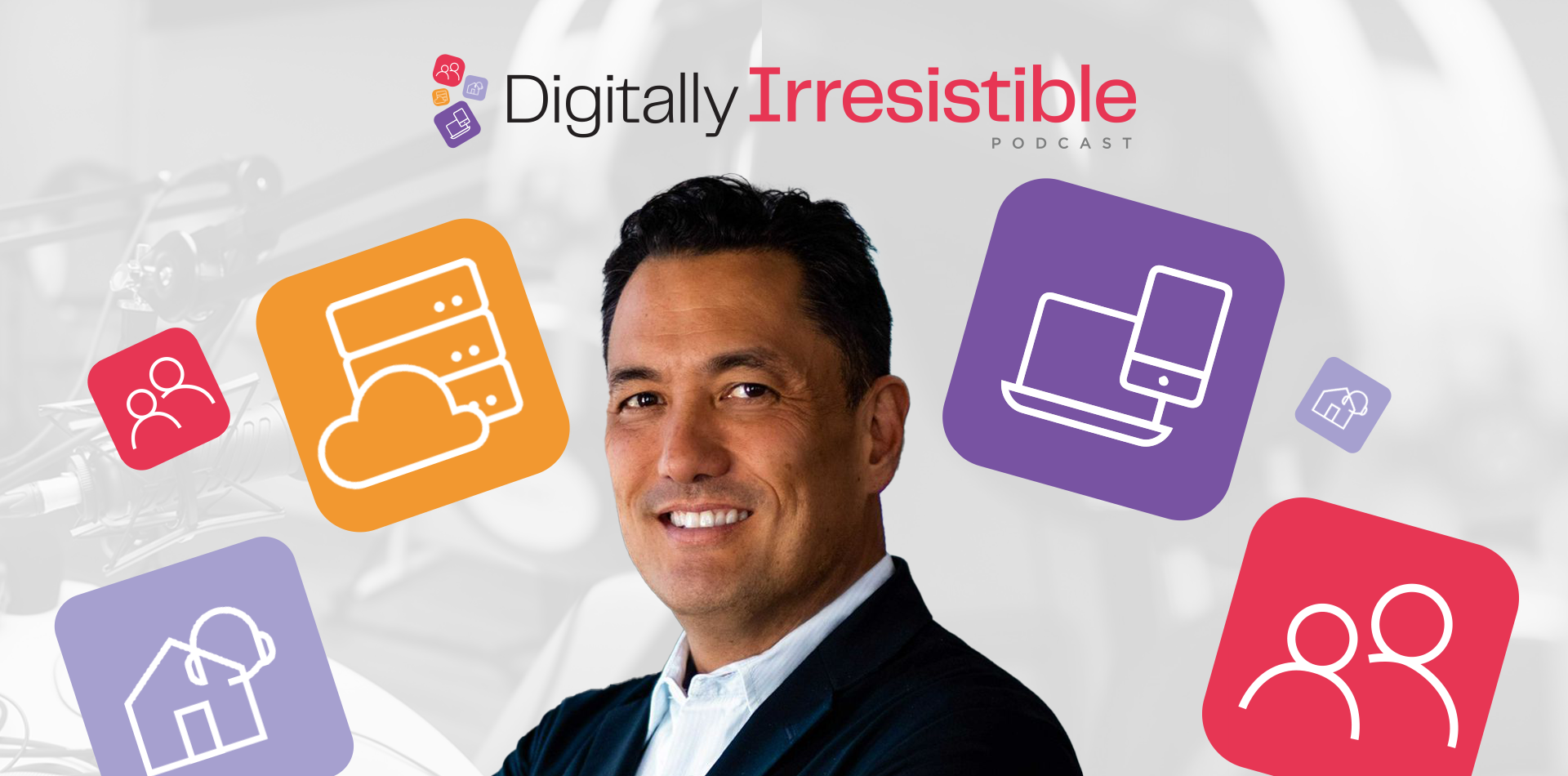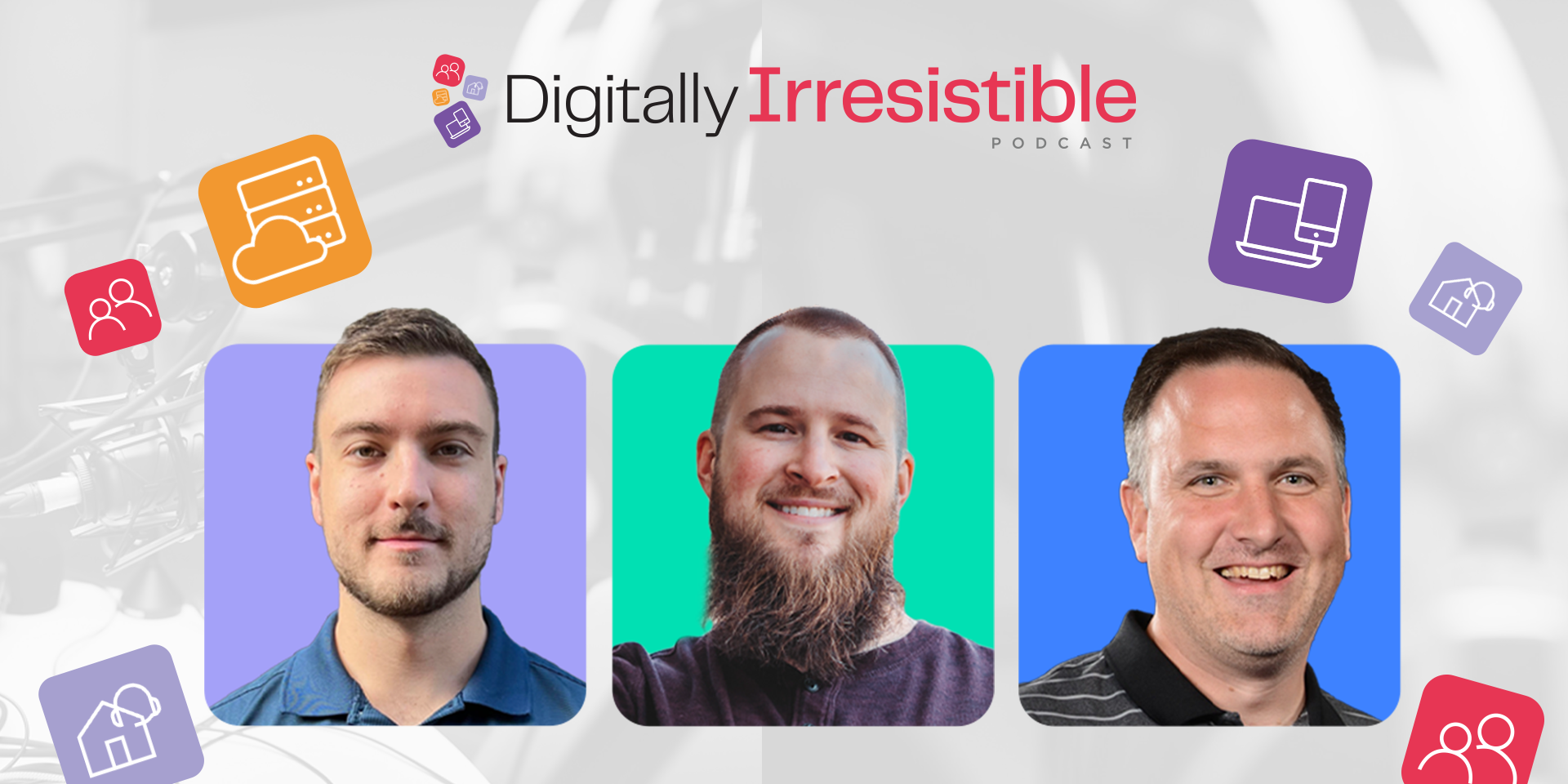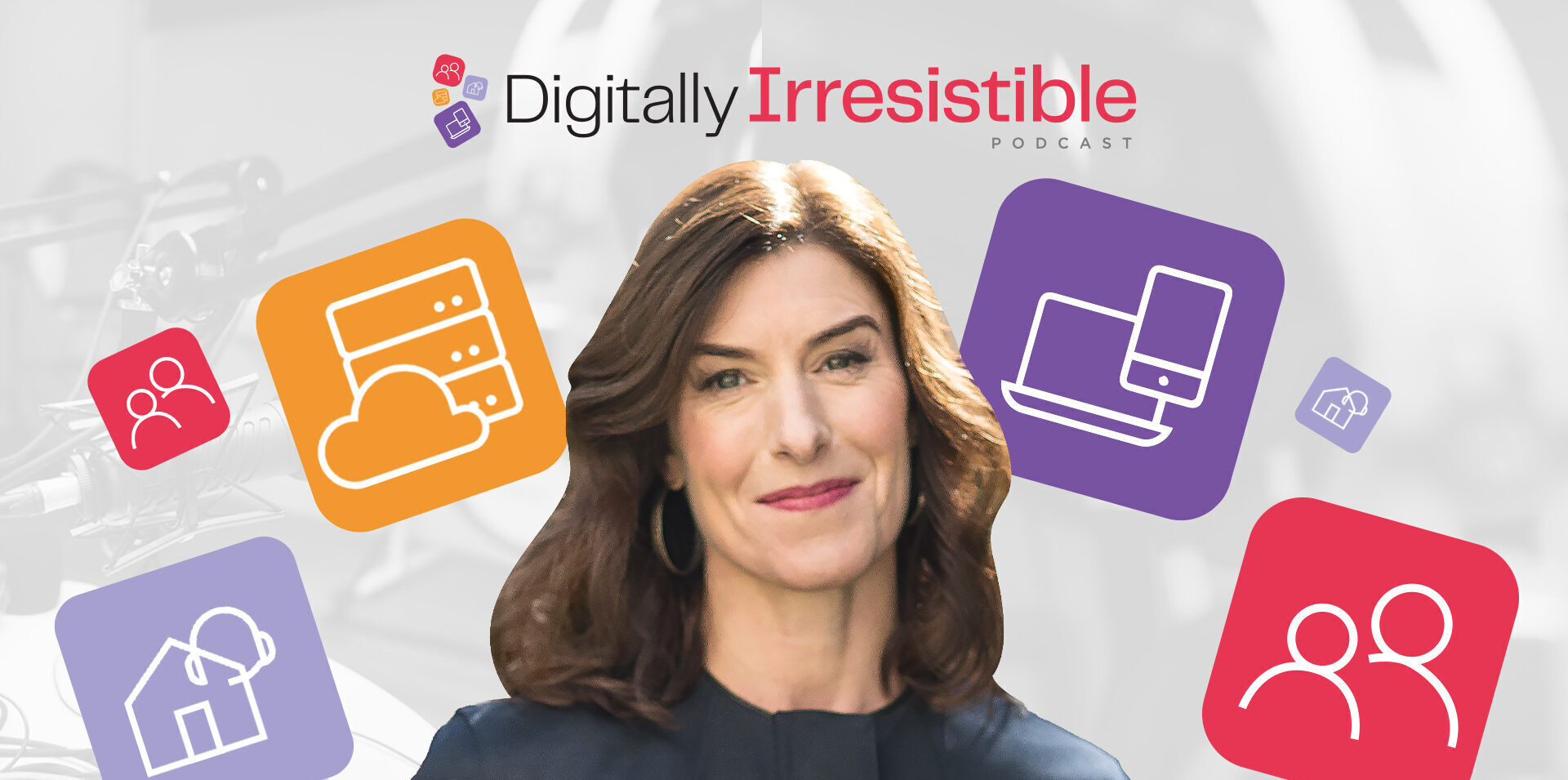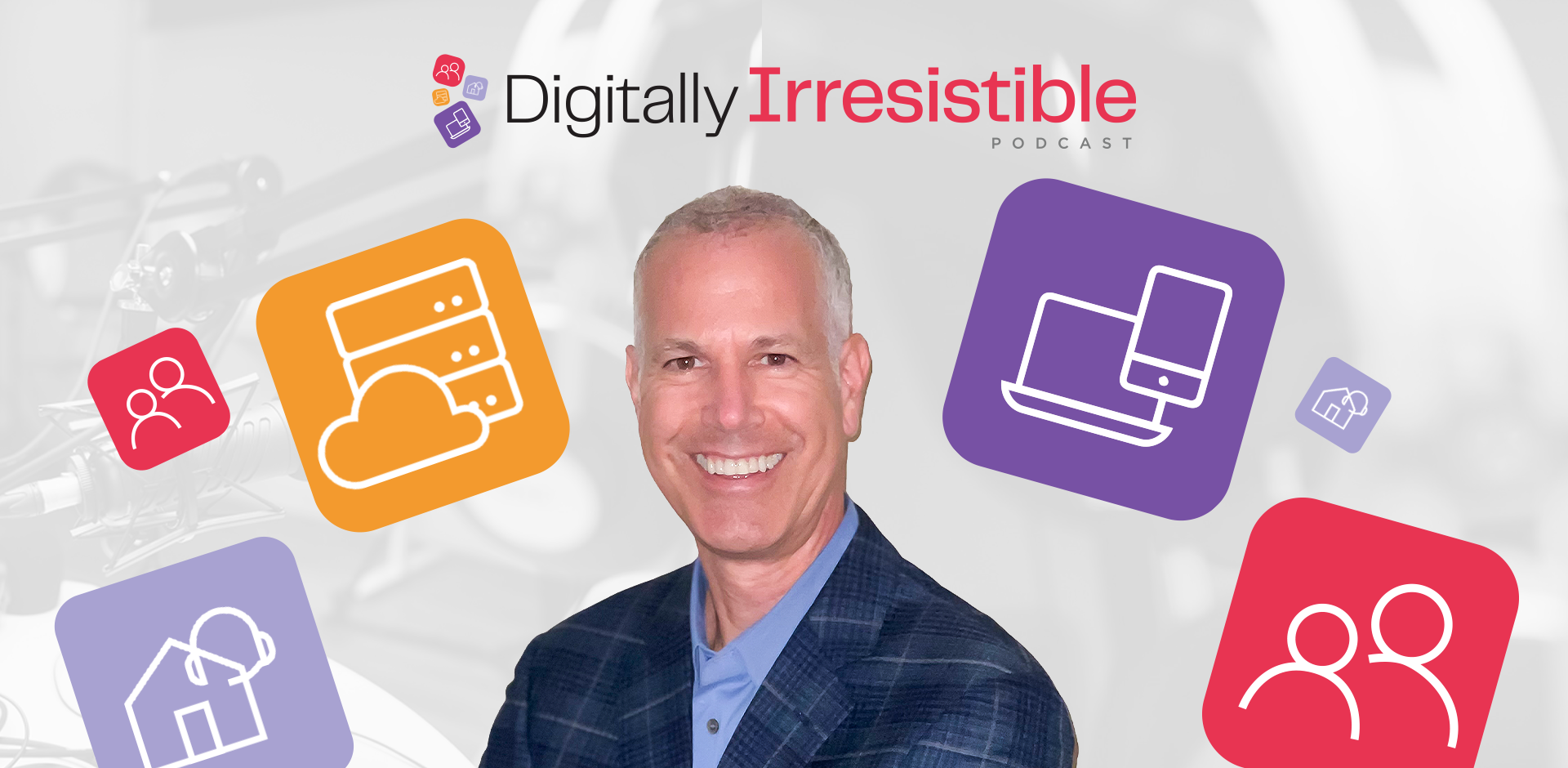Customer Experience in a Deregulated Electricity Market
This week we welcome Katherine Wright to the Digitally Irresistible podcast. Katherine is co-founder and senior vice president of customer experience at Energy Texas, a retail electricity provider in the Electric Reliability Council of Texas (ERCOT) market. Electricity has been deregulated in the ERCOT market, where the consumer chooses their electricity provider.
The ERCOT market includes about 85% of Texas, including the cities of Houston, Dallas, Fort Worth, and much of West Texas. Utilities that were in place when deregulation went into effect, about 20 years ago, manage the infrastructure, poles, and wires. They also read the meters. Independent retail electricity providers (REPs) like Energy Texas manage customer relationships.
When a customer opens, revises, or closes their electricity account, they do it with their REP. When they experience an outage, they contact the utility.
On this episode, we explore how Energy Texas differentiates their brand through innovative products and programs, competitive pricing, and excellent customer service.
Giving Retail Electricity Customers Texas-sized Options to Choose From
Katherine describes herself as a serial entrepreneur. In addition to Energy Texas, she co-founded Bounce Energy in 2004, which a large competitor bought in 2013.
Katherine and her co-founders formed Energy Texas in May 2020. Nine months later, Winter Storm Uri caused blackouts throughout Texas. Uri’s impact forced some REPs to leave the retail electric business.
In the aftermath of Uri, Katherine and her co-founders recognized an opportunity to enter the market and provide innovative, creative products to their customers. Giving their customers choices differentiates Energy Texas from most of their competition.
Katherine wears multiple hats in her operational role. Her favorite is creating meaningful relationships with customers by doing things differently than traditional utilities and the bigger REPS. Energy Texas does that by offering flexible pricing plans, ensuring that the reality of every plan is as good as advertised, and making every customer experience as easy as possible.
These four programs demonstrate how Katherine takes the company’s ideals and customer experience strategy and turns them into Texas-sized options for their customers.
Peak Perks Program
Energy Texas launched the Peak Perks Program with fresh memories of Winter Storm Uri that stretched the Texas electric grid beyond capacity. This program gives customers an opportunity to help prevent a similar crisis from happening and save money at the same time.
Customers who sign up for Peak Perks volunteer to reduce their electrical consumption during peak load events. If they’re able to reduce their consumption during the event by at least 10% (based on their usage in a similar time period), they receive a 10% discount on their bill.
To make the customer experience as easy as possible, Energy Texas alerts them in their online My Account that the company has called a peak load event. The alert includes tips and helpful insights covering appropriate ways to reduce consumption during the peak event.
Everybody wins. The customer can get a discount for using less energy, Energy Texas keeps them satisfied by telling them how to use less energy, and the grid is under less strain.
Giddy Up Guarantee
At energytexas.com you’ll see rates based on average or greater electrical consumption. Energy Texas tracks their competitors’ rates and offers their rates at a discount. The Giddy Up Guarantee program enables Energy Texas to offer an additional discount to new, energy-efficient customers.
Energy Texas knows how much electricity a new customer is likely to consume by reviewing their history.
Most electrical meters in Texas are smart meters that send meter readings to the utility digitally. No one is needed to go out to the resident’s home to read the meter. Since the utility that handles metering is different from the REP that sells the electricity, Energy Texas has access to consumers’ meter readings history.
When a new energy-efficient consumer signs up with Energy Texas, they send the customer an email inviting them to take advantage of an additional discount.
An additional discount like that is sure to put a little giddy up in their customer onboarding.
Freedom Flex
Freedom Flex is for customers who want the flexibility to cancel their energy service if it doesn’t offer the lowest market rates. With Freedom Flex, customers pay a nominal monthly fee. They have the freedom to cancel their contract and sign a new one as frequently as every 30 days.
So, if a Freedom Flex customer signed a contract for a rate that was low, and now contract rates have gone even lower, they have the freedom to cancel their current contract and sign a new contract at the lower rate.
Another customer might have a few months left on their low-rate contract when they see in their My Account that rates have been trending up for the last three months. They might want to cancel their contract now and sign a new contract for a somewhat higher rate to avoid paying an even higher rate after their contract expires.
Freedom Flex doesn’t guarantee customers they’re always getting the lowest rate, but it does give them the freedom to choose.
Sun Jacinto Solar Buyback Program
The State of Texas doesn’t have rules governing if or how utilities and REPs compensate solar panel owners for the extra power they generate and then feed to the grid.
Most REPs that offer a solar buyback program compensate their customers for electricity they feed to the grid at a lower rate than the REP charges them for the electricity they use.
The Sun Jacinto Solar Buyback Program stands out because it compensates customers at the identical rate that they pay the REP. For example, if a customer puts a thousand excess kilowatt-hours back on the grid and has an energy rate of five cents per kilowatt-hour, they’ll get a $50 bill credit.
The credit comes right off the month’s bill, and in any month where the customer’s bill is less than the credits they’ve earned, the credits carry over until they’re used up.
Tex-cellent, Easy-to-Use Customer Experiences
Another one of Katherine’s most important and rewarding tasks has been to guide the user experience design for the Energy Texas website and self-service options. She’s ensured the customer portal is easy to use and provides customers with effective self-service capabilities that save time and, in many cases, prevent the need to speak with an agent or write emails.
The customer-centric nature of everything she’s accomplished at Energy Texas makes it easy to realize why the founders’ mantra is to treat customers as they themselves would like to be treated. They call it Tex-cellent customer service.
What Katherine Does for Fun
Katherine has three primary outlets for fun. For her family, travel is the thing. They went to England and Scotland for Christmas in 2022, and are planning to fly to Boston and do a New England road trip in the summer of 2023. For herself, Katherine is a big foodie and, as she describes it, “a Pilates machine.”
To learn more about Katherine and Energy Texas, you’ll find her on LinkedIn, and Energy Texas on their website, Facebook, LinkedIn, and Instagram.
